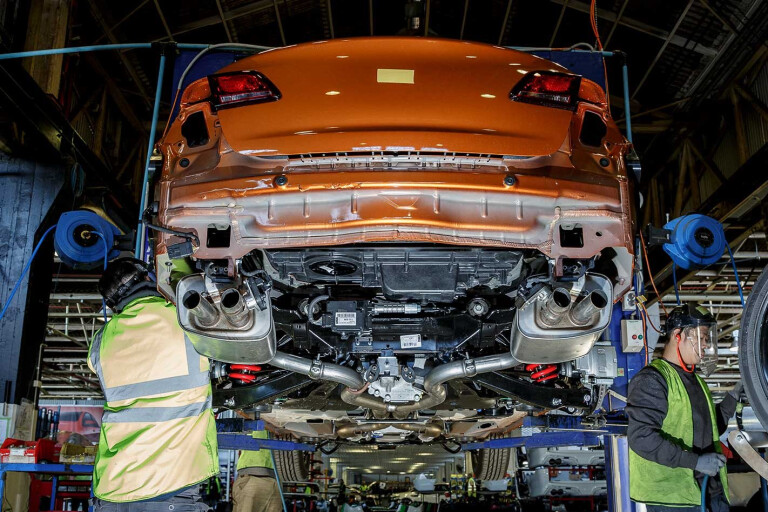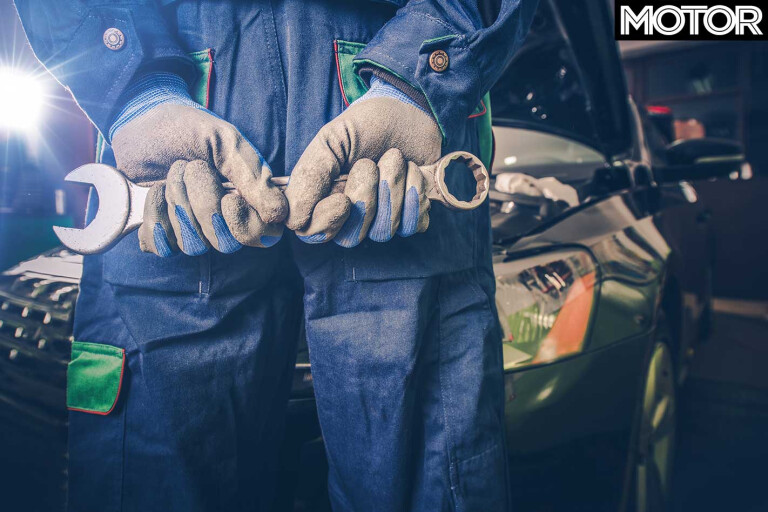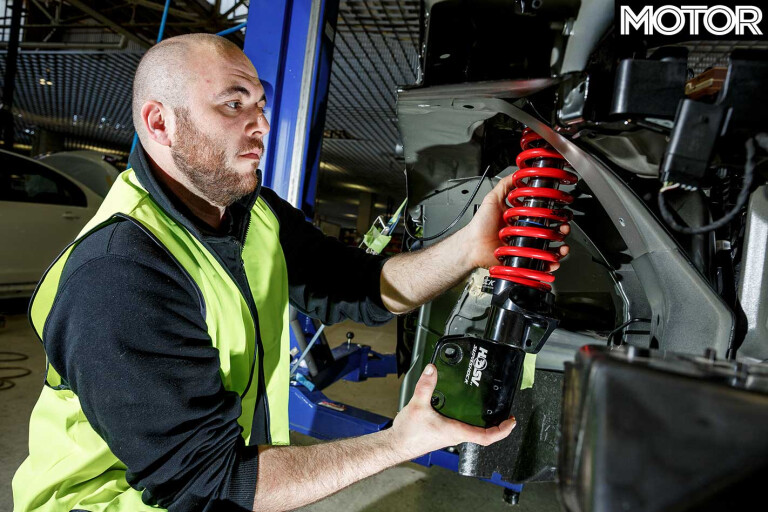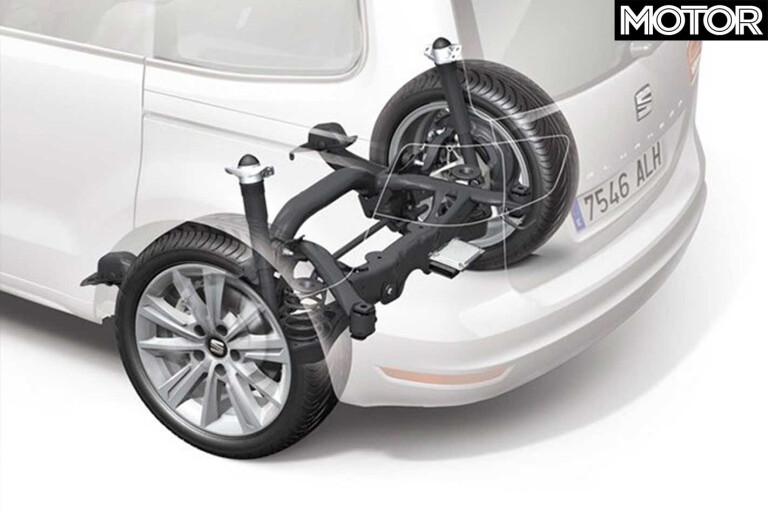
Been spending a bit of time underneath a late-’70s Toyota of late. Long story, short answer: I’m a weirdo.
Anyway, point being that, as the galoot who’s got to fix/refurbish the gadget in question, I am absolutely in love with the simplicity of the bugger. It’s not that I’m lazy or dim, but if the mechanical layout is such that I can understand it, get parts for it and repair it with hand tools, then I’m a fan.

The rear end in question is Exhibit A – live axle, coils, a pair of trailing arms and a Panhard rod. Not one of them fancy Watts-Linkages, you understand, a Panhard rod complete with two bushes and zero moving parts.
With a 17mm spanner, a decent workshop press and half an hour, you can completely rebuild the rear end of this car back to perfect (stay with me) condition. As in, precisely the way it left the factory. As good as it ever was.
Okay, so the flip side there is that even after that 30 minutes of intensive care and attention, the rear end is also as bad as it ever was. But I’m left wondering if that’s so bad after all.

Maybe for those of us who get their jollies on the nuances of four-wheeled dynamics, there’s an argument that yes, indeed, there’s a case to be made for the sort of sophistication that has infiltrated car design ever since we threw away the crank-handle.
I can certainly feel the difference between an independent rear end and a live axle, and I’m sure you can, too. But what about the difference between a tail-dragger with IRS and one with a well-sorted torsion-beam rear axle? Would you spot the difference every time? On every surface? I bet I couldn’t.
And what would you rather own? A simple car that is well made from quality materials or a slap-happy piece of crap that happened to have an el-cheapo version of a higher-tech solution?

If none of us chose the quality/simplicity equation over the theoretical advantage of novelty tech, nobody would ever appreciate something like a Lambo Miura or a Phase III GT HO. Because, according to the logic of techier is betterer, even a Bulgarian-built SUV with stink lines coming off it would be a more worthy car thanks to its newer and allegedly superior technology. I don’t think so. Let’s move it away from cars: I’d rather stay in a good tent than a crap hotel room. And I don’t think I’m alone.
And what about the appropriateness of technology? I’m damn sure my sainted mother would be hard pressed to tell me whether her car has two flat rear tyres or not, let alone what manner of tech was attaching them to the rest of the car.
And since stability control will generally be enough to keep her safe – especially since her only drive is about five kliks at 50km/h these days – does she really need a multi-link rear end, or will a torsion-bar deal do just nicely?

Surely, any advantage offered by the former will never be explored by Mater, even if she does somehow manage to get the old Yaris a bit squirrely. By the time she’s even worked out that something’s up, the ESP will have stepped in and done its thing.
Meanwhile, the manufacturer could redirect the same dollars it takes to license new technology into building more quality into a simpler design. I’m dead certain Mother would be better off with a simple car that would last the next 30 years with basic maintenance than a technically superior device with so many moving parts that she can’t afford to keep it roadworthy. We’re back to square one here, ain’t we?
Picture an old car that has single-cam two-valve layout, a simple semi-trailing link rear end, no power steering and a laughable specific power output (like about 120kW – on a good day – from 3.0 litres).

A 2018 MG 6 Plus, another sporty small car (if you trust the brochure) has DOHC, power steering, a multi-link rear end and as much power from just over half as much engine capacity. So which one ya gonna drive home in, Monkey-Boy? The MG or the early Porsche 911?
No further questions, Your Worship.

COMMENTS